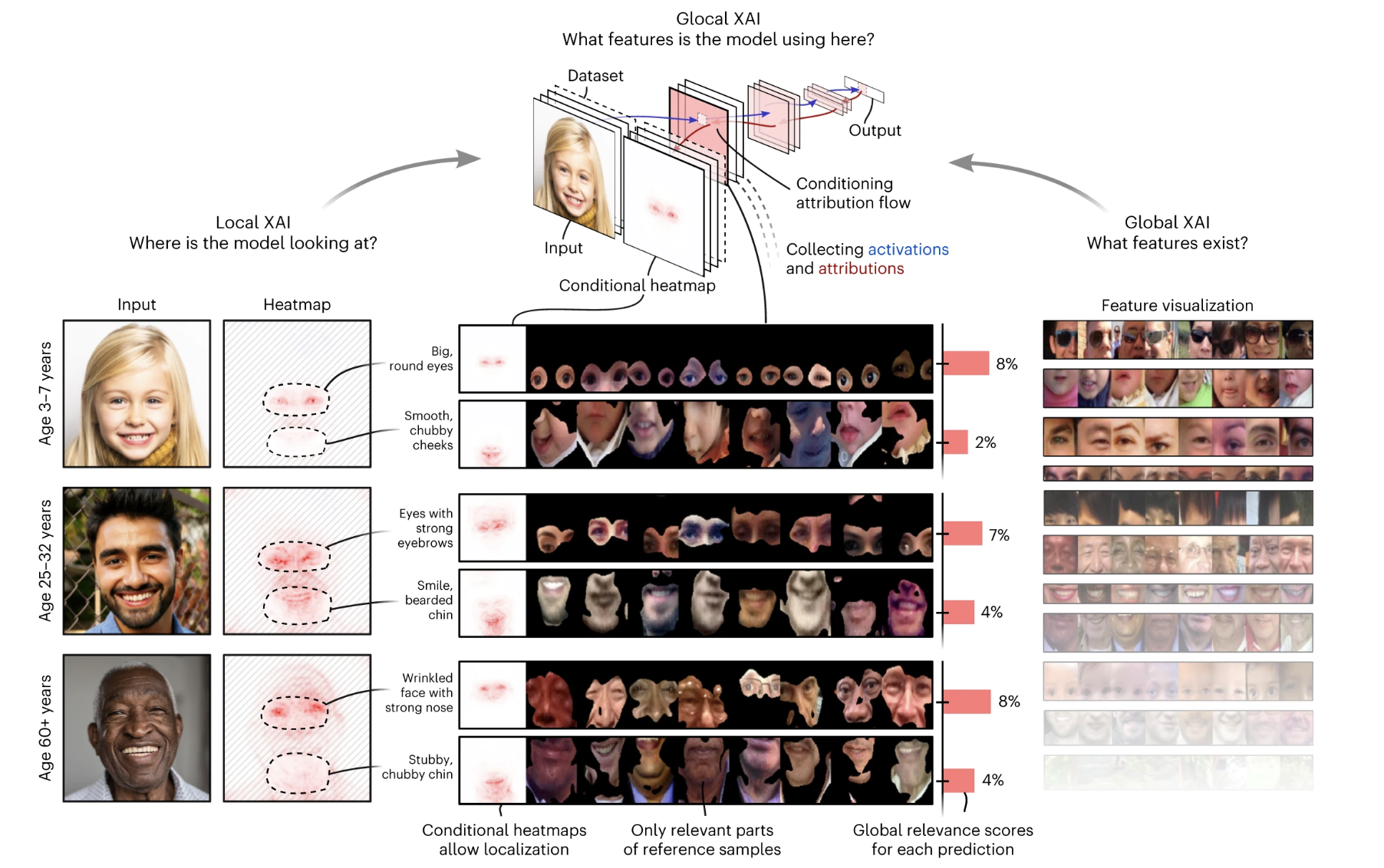
The field of machine learning and artificial intelligence has become very important. We are making new advances every day. This area affects all spheres. Utilizing carefully developed neural network architectures, we achieve models that stand out in their respective fields with exceptional accuracy.
Despite their accurate performance, a thorough understanding of how these neural networks work is required. To observe and interpret the results, we need to know the mechanisms that control the selection and prediction of attributes within these models.
The complex, nonlinear nature of deep neural networks (DNNs) often leads to conclusions that may be undesirable or exhibit bias toward undesirable characteristics. The inherent opacity of their inference poses challenges, making it difficult to apply machine learning models to a variety of relevant application domains. Understanding how AI systems make decisions is not easy.
As a result, Professor Thomas Wiegand (Fraunhofer HHI, BIFOLD), Professor Wojciech Samek (Fraunhofer HHI, BIFOLD), and Dr. Sebastian Lapuschkin (Fraunhofer HHI) introduced the concept of relevance propagation (CRP) in their paper. This innovative method provides a path from attribution maps to human-understandable explanations, allowing you to unravel individual AI decisions through human-understandable concepts.
They highlight CRP as an advanced explanatory technique for deep neural networks to complement and enhance existing explanatory models. CRP addresses the “where” and “what” questions of individual forecasting by integrating local and global perspectives. The AI ideas that CRP uses, the spatial representation in the input, and the individual neural network segments responsible for considering them are all revealed by CRP, in addition to the relevant input variables that influence the selection.
As a result, CRP describes decisions made by AI in terms that humans can understand.
The researchers emphasize that this explainability approach examines the complete predictive process of AI from input to output. The research group has already developed a technique that uses heatmaps to demonstrate how AI algorithms make decisions.
Dr. Sebastian Lapushkin, head of the research group “Explainable Artificial Intelligence” at Fraunhofer HHI, explains this new technology in detail. He said CRP transfers explanations from an input space, where an image containing all its pixels is located, to a semantically enriched conceptual space formed by higher neural network layers.
The researchers further said that the next stage of AI explainability, known as CRP, opens up a world of new opportunities to study, evaluate and enhance the performance of AI models.
By using CRP-based research to investigate model design and application areas, we can gain insight into the representation and organization of ideas within the model and a quantitative assessment of their impact on predictions. These studies leverage the power of CRP to delve into the complex layers of a model, elucidate the conceptual landscape, and assess the quantitative impact of different ideas on predictive outcomes.
Please check paper. All credit for this study goes to the researchers of this project.Also, don’t forget to join us 31,000+ ML subreddits, 40,000+ Facebook communities, Discord channel, and email newsletterWe share the latest AI research news, cool AI projects, and more.
If you like what we do, you’ll love our newsletter.
I’m also on WhatsApp. Join our AI channel on Whatsapp.
Rachit Ranjan is a consulting intern at MarktechPost. He is currently pursuing his bachelor’s degree from Indian Institute of Technology (IIT) Patna. He is actively developing a career in the fields of artificial intelligence and data science and has a passion and dedication to exploring these fields.

 I’m also on WhatsApp. Join our AI channel on Whatsapp.
I’m also on WhatsApp. Join our AI channel on Whatsapp.  Watch the latest in AI research now on our YouTube channel [Watch Now]
Watch the latest in AI research now on our YouTube channel [Watch Now]